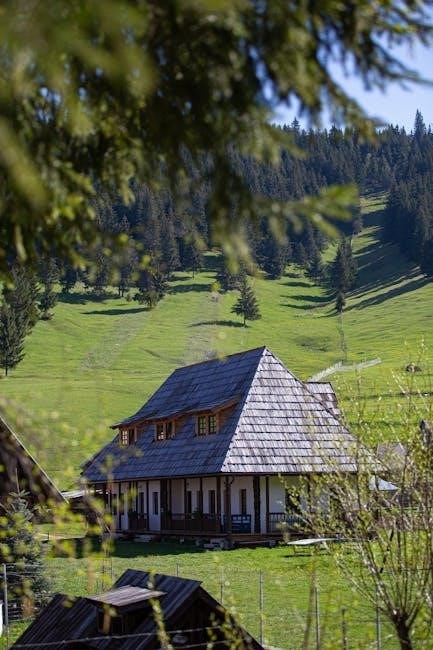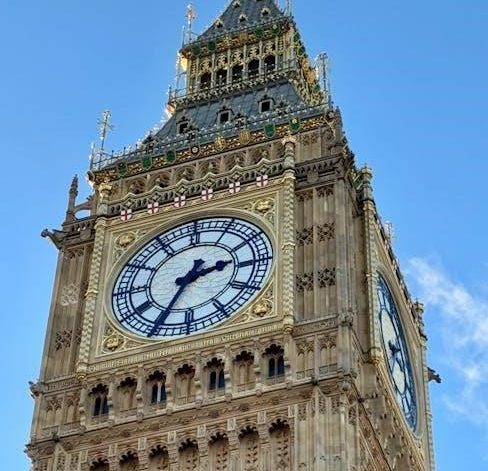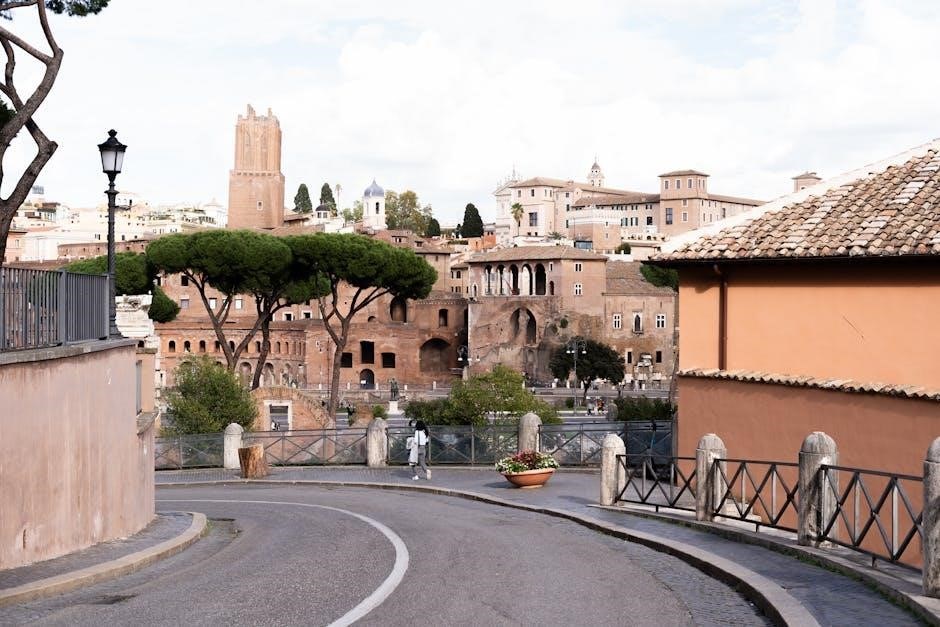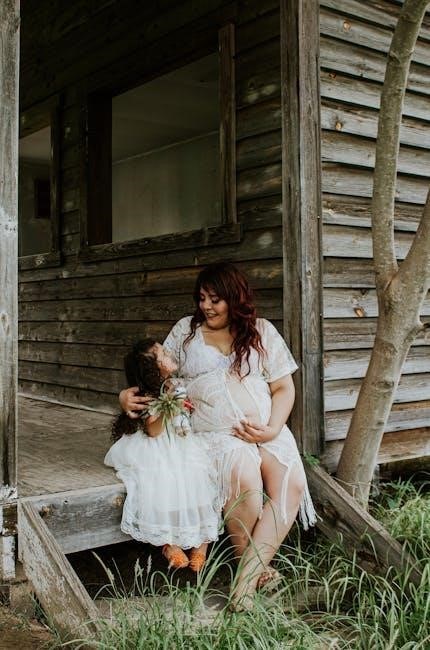Fiddler on the Roof PDF Script: A Comprehensive Guide
Dive into the world of “Fiddler on the Roof” with this comprehensive guide․ Explore the availability of the script in PDF format, offering accessibility for study and performance․ Uncover the characters, setting, and the poignant themes of tradition and change within Imperial Russia, exploring Tevye’s introspective monologues․
Embark on a journey into the heart of “Fiddler on the Roof,” a timeless musical that resonates with audiences worldwide․ Set in the backdrop of Anatevka, a small Jewish village in pre-revolutionary Russia in 1905, the story centers around Tevye, a milkman, and his family as they navigate the complexities of tradition, love, and survival amidst societal upheaval․
The musical, with music by Jerry Bock, lyrics by Sheldon Harnick, and book by Joseph Stein, is based on Sholem Aleichem’s “Tevye and his Daughters” and other tales․ “Fiddler on the Roof” explores universal themes of family, faith, and the challenges of maintaining cultural identity in a changing world;
The narrative unfolds through memorable musical numbers and poignant dialogues, capturing the essence of Jewish life in Imperial Russia․ As Tevye grapples with his daughters’ desires for love and independence, he confronts the clash between tradition and modernity․ “Fiddler on the Roof” offers a profound exploration of the human spirit․
Availability of the Script in PDF Format
Accessing the script of “Fiddler on the Roof” in PDF format opens up a world of possibilities for enthusiasts, students, and performers alike; This digital format provides a convenient way to delve into the nuances of the play, whether for academic study, theatrical productions, or personal enjoyment․
Numerous online platforms offer the “Fiddler on the Roof” script in PDF format․ These resources often include the complete dialogue, song lyrics, and stage directions, enabling a comprehensive understanding of the musical’s structure and content․ Some platforms may provide the script for free, while others may require a purchase or subscription․
When searching for a PDF version of the script, it is crucial to ensure the source’s legitimacy and accuracy․ Reputable websites and online libraries are more likely to offer complete and accurate versions of the script, free from errors or omissions․ A reliable PDF script is a valuable tool for anyone seeking a deeper understanding of “Fiddler on the Roof․”
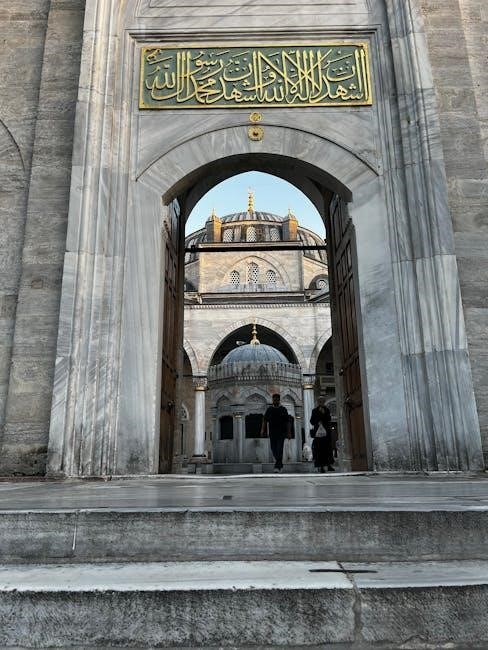
Characters and Setting

“Fiddler on the Roof” transports audiences to Anatevka, a small Jewish village in Imperial Russia in 1905․ This setting is crucial, shaping the characters’ lives and the conflicts they face․ The play revolves around Tevye, a milkman, his wife Golde, and their five daughters: Tzeitel, Hodel, Chava, Shprintze, and Bielke․
Each character embodies distinct aspects of Jewish life in Anatevka․ Tevye struggles to maintain tradition amidst changing social norms, while Golde represents the strength and resilience of Jewish women․ The daughters grapple with love, marriage, and the desire for personal freedom, challenging the established customs of their community․
Other notable characters include Motel, a timid tailor who yearns for Tzeitel’s hand; Perchik, a radical student who challenges Tevye’s beliefs; and Lazar Wolf, a wealthy butcher seeking a wife․ The setting of Anatevka, with its close-knit community and deep-rooted traditions, serves as a backdrop against which these characters navigate love, loss, and the complexities of a changing world․

Act 1 Summary and Key Scenes
Act 1 of “Fiddler on the Roof” introduces the audience to the vibrant community of Anatevka and the central conflict between tradition and change․ The opening scene features Tevye’s iconic monologue, explaining the importance of tradition in their lives, symbolized by the fiddler on the roof․
A key scene involves the matchmaker, Yente, arranging a marriage for Tevye’s eldest daughter, Tzeitel, with Lazar Wolf․ However, Tzeitel is in love with Motel, the tailor, leading to conflict․ The dream sequence, “Tevye’s Dream,” is a theatrical highlight, showcasing Tevye’s elaborate excuse to break the match with Lazar Wolf․
The act builds to the wedding of Tzeitel and Motel, a joyous celebration that underscores the strength of the community․ However, the act ends on a somber note with the arrival of Russian officials, foreshadowing the challenges and upheaval that await the villagers․ The key scenes highlight the tension between tradition and individual desires, setting the stage for the conflicts in Act 2․
Act 2 Summary and Key Scenes
Act 2 of “Fiddler on the Roof” focuses on the unraveling of tradition and the increasing external pressures on the Jewish community of Anatevka․ Tevye grapples with his daughter Hodel’s decision to marry Perchik and move to Siberia, challenging his deeply held beliefs about arranged marriages․ He eventually consents, showing his evolving understanding of love and choice․
A pivotal moment occurs when Chava marries Fyedka, a Russian Christian․ This act is considered a complete betrayal of tradition, leading Tevye to disown her, symbolizing the breaking point in his adherence to the old ways․ The growing unrest in Russia becomes more pronounced, culminating in an edict that forces the Jews out of Anatevka․
The final scene depicts the heartbreaking expulsion of the villagers, as they are forced to leave their homes and livelihoods․ Tevye, his family, and the community face an uncertain future, carrying with them the remnants of their traditions and the hope for a better life elsewhere․ The act concludes with Tevye’s reconciliation with Chava, offering a glimmer of hope amidst the devastation․
Musical Numbers and Lyrics
The musical numbers in “Fiddler on the Roof” are integral to the storytelling, enriching the emotional depth and thematic resonance of the play․ “Tradition,” the opening number, establishes the importance of customs and rituals in Anatevka, introducing the key characters and their roles within the community․ “Matchmaker, Matchmaker” humorously explores the anxieties and hopes surrounding marriage, reflecting the societal expectations placed upon young women․
“If I Were a Rich Man” is a poignant expression of Tevye’s dreams and aspirations, revealing his desires for a more comfortable life while also highlighting his deep connection to his faith and heritage․ “Sunrise, Sunset” beautifully captures the passage of time and the changing relationships within families, evoking a sense of nostalgia and bittersweet reflection․
“Anatevka” is a powerful ensemble piece that underscores the community’s deep attachment to their home and their shared identity․ These musical numbers, along with their evocative lyrics, enhance the narrative, providing insight into the characters’ inner lives and the broader themes of tradition, love, and resilience․ The lyrics are filled with cultural references, adding authenticity․
Themes of Tradition and Change
“Fiddler on the Roof” profoundly explores the delicate balance between tradition and change, a central conflict that drives the narrative․ The musical examines how deeply ingrained customs shape the lives of the Jewish community in Anatevka, providing a sense of identity and stability․ These traditions, passed down through generations, dictate marriage customs, religious practices, and social roles, offering a framework for life in a world facing uncertainty․
However, the play also confronts the inevitable forces of change that challenge these long-held beliefs․ As Tevye’s daughters seek to choose their own husbands, they defy the traditional matchmaker system, creating tension within the family and the community․ These personal rebellions mirror the larger societal shifts occurring in early 20th-century Russia, as political and social upheaval threaten the established order․
The themes of tradition and change are further emphasized by the increasing anti-Semitism and the eventual expulsion of the Jews from Anatevka, forcing them to adapt and rebuild their lives elsewhere․ The play ultimately asks how to preserve cultural identity while embracing progress․
Historical Context: Imperial Russia
To fully appreciate “Fiddler on the Roof,” it’s essential to understand the historical context of Imperial Russia in the early 20th century․ The play is set in 1905, a period of immense social and political turmoil․ The Tsarist regime, under Nicholas II, faced widespread discontent due to economic hardship, social inequality, and political repression․ This era was marked by growing revolutionary movements, labor unrest, and peasant uprisings, challenging the autocratic rule of the Tsar․
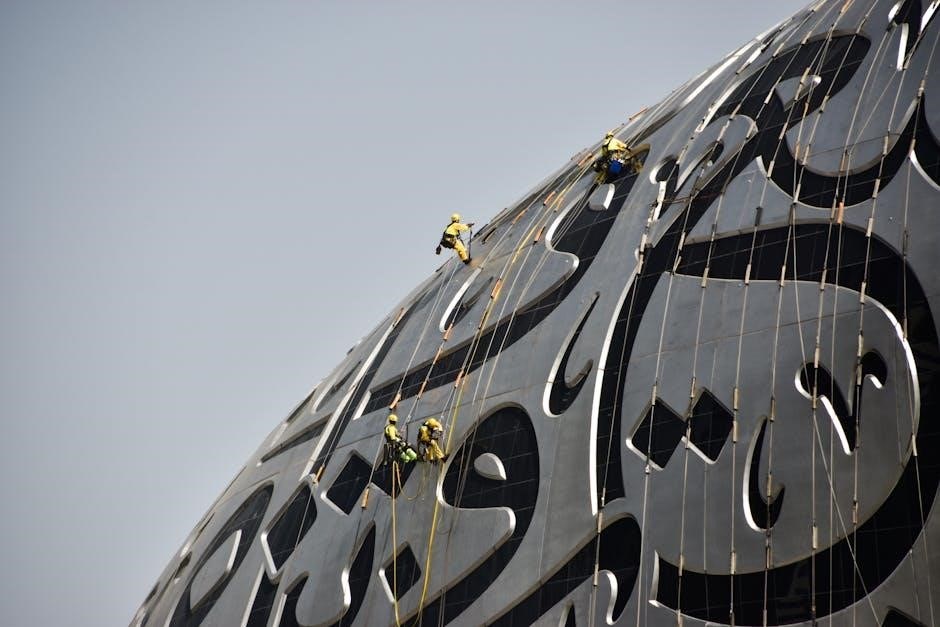
The Jewish population in the Pale of Settlement, where Anatevka is located, endured systemic discrimination and persecution․ Anti-Semitism was rampant, fueled by government policies and societal prejudice․ Jews were subjected to legal restrictions, economic exploitation, and violent pogroms, making their lives precarious and uncertain․
The play reflects these historical realities through its portrayal of the characters’ daily struggles, fears, and hopes․ The threat of expulsion and violence looms large, highlighting the vulnerability of the Jewish community in the face of political instability․ The characters’ strong sense of tradition serves as both a source of resilience and a response to the challenges of living in a hostile environment․
Analyzing Tevye’s Monologue
Tevye’s opening monologue in “Fiddler on the Roof” is crucial for understanding the play’s central themes․ It sets the stage for the story and introduces the audience to the world of Anatevka and the challenges its inhabitants face․ The monologue establishes Tevye as a central figure, a man deeply rooted in tradition yet open to questioning and grappling with change․
The famous “fiddler on the roof” metaphor encapsulates the precariousness of life in Anatevka․ It illustrates how the community strives to maintain balance and stability amidst constant uncertainty and external pressures․ Tevye’s reflections on tradition reveal its importance as a source of identity and social cohesion, but also highlight its potential to stifle individual growth and happiness․
Through his conversations with God, Tevye reveals his internal conflicts and his willingness to challenge established norms․ He questions the rigidity of tradition when it clashes with his daughters’ desires and his own sense of justice․ This internal struggle showcases Tevye’s complexity as a character and sets the stage for the dramatic events that unfold throughout the play․ The monologue’s humor and pathos create a connection with the audience, inviting them to empathize with Tevye’s journey․
The Fiddler as a Symbol
The fiddler in “Fiddler on the Roof” transcends the role of a mere musician; it embodies a powerful symbol representing several key themes within the musical․ Foremost, the fiddler symbolizes tradition itself, acting as a constant reminder of the enduring customs and values that bind the community of Anatevka together․ The fiddler’s presence underscores the importance of heritage and the struggle to maintain it in a changing world․
Furthermore, the fiddler embodies resilience and perseverance․ Just as a fiddler balances precariously on a roof, the people of Anatevka navigate the challenges of poverty, oppression, and social upheaval․ The fiddler’s music becomes a metaphor for their ability to find joy and hope even in the face of adversity․ The fiddler is a reminder of the human spirit’s capacity to endure and create beauty amid hardship․
Ultimately, the fiddler represents the delicate balance between tradition and change․ The fiddler’s music reflects the community’s longing for stability while also hinting at the need for adaptation and evolution․ The fiddler is a visual and auditory representation of the tensions that shape the characters’ lives and drive the narrative of “Fiddler on the Roof․”
Resources for Further Study and Performance
To deepen your understanding and appreciation of “Fiddler on the Roof,” numerous resources are available for both academic study and theatrical production․ The initial step involves acquiring the complete script, readily accessible in PDF format for detailed analysis of dialogue, stage directions, and character development․ Beyond the script, consider exploring scholarly articles and critical essays that dissect the play’s themes, historical context, and enduring cultural impact․
For those interested in staging a production, the official licensing house provides essential materials, including vocal scores, orchestral arrangements, and performance rights․ Delving into historical research about Jewish life in Imperial Russia enhances the authenticity of the production, informing costume design, set construction, and character portrayals․ Consult primary source documents, such as photographs, personal accounts, and historical records, to gain a deeper understanding of the world of Anatevka․
Additionally, numerous online resources offer valuable insights, including websites dedicated to musical theatre, forums for discussion, and video recordings of past performances․ Engaging with these resources allows for a comprehensive exploration of “Fiddler on the Roof,” fostering informed interpretation and impactful performance․

